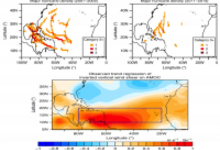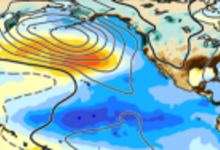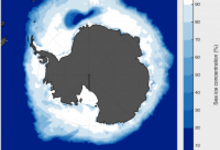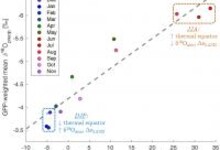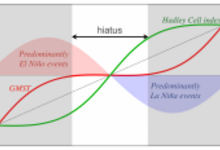Research Highlights
We aim to feature the latest research results from US scientists whose published paper features work that is sponsored by one or more sponsoring agency programs of US CLIVAR (NASA, NOAA, NSF, DOE, ONR). Check out the collection of research highlights below and sort by topic on the right. Interested in submitting an article for consideration? See our Research Highlight Submission Guidelines page for more information.
Using observations and a coupled Earth system model, a new study shows that the decline of the Atlantic major hurricane frequency during 2005–2015 is associated with a weakening of the AMOC.
New findings could improve our ability to predict both the strength and duration of US droughts caused by La Niña.
Researchers observed a natural, regular, multidecadal oscillation between periods of Southern Ocean open-sea convection, which can act a release valve for the ocean’s heat, and non-convective periods.
The most extreme increases in the oxygen 18-to-16 ratio over the last fifty thousand years occur immediately after Heinrich events, strongly suggesting that tropical rainfall shifted south in response to Heinrich events.
As the decadal ENSO cycle transitions to a warm phase, a new study expects accelerated global warming and a “hiatus” in Hadley Cell expansion.

